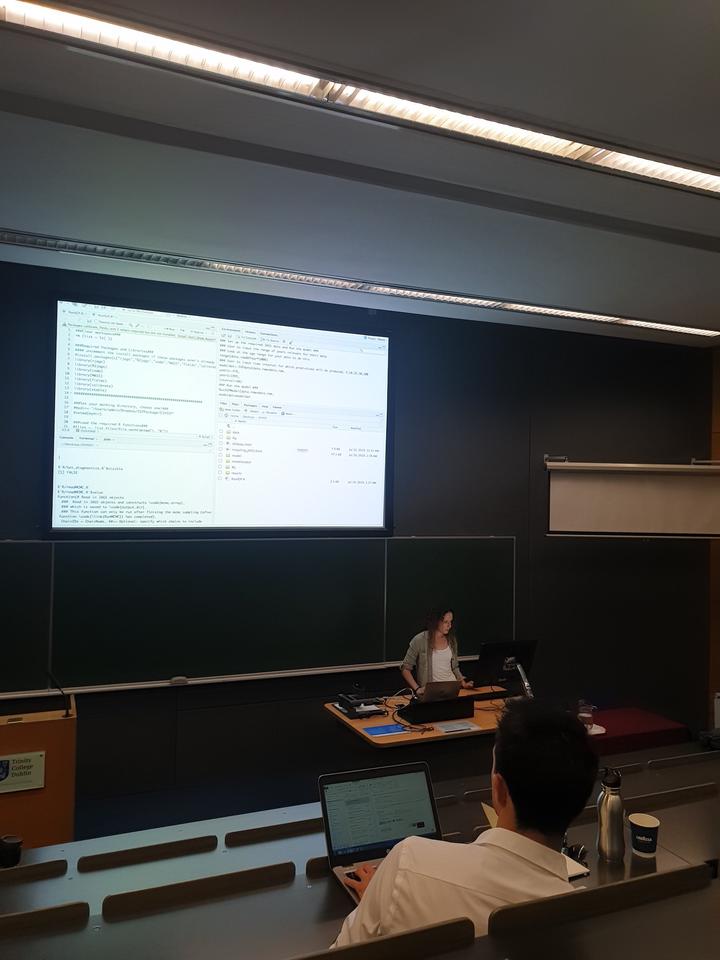
Abstract
In order to understand the present we must first gain insight into the past. Therefore, to understand and have historical context for current rates of sea-level rise we need to be informed about past changes that have occurred. Sea-level reconstructions can provide this information by giving us insight into the magnitude and rates of past sea levels. We have produced sea-level reconstructions along the U.S Atlantic East coast using biological and geochemical sea-level indicators preserved in dated cores of salt-marsh sediment. I have developed statistical models that can help us to bridge the gap between the information held in these raw proxy data and a high-resolution sea-level reconstruction. Using a Bayesian framework for these models aids in the understanding and quantification of the uncertainty that is inherent in these data and the resulting records of former sea levels. I present A Bayesian transfer function modeling approach that is used to produce reconstructions of past sea level through the calibration of a biological proxy (e.g., foraminifera) into tidal elevation. The first step in the transfer function approach is building a model that captures the relationship between a biological proxy and tidal elevation in a modern environment. The second step uses this relationship to produce estimates of paleo-tidal elevation with uncertainty for each layer in a sediment core. Additional proxies (e.g., δ13 C) can be used to further constrain these estimates and potentially reduce uncertainty. Combining output from the Bayesian transfer function with a core chronology provides us with a reconstruction of relative sea level through time. With the aim of estimating rates of sea-level change, reconstructions are analyzed using an errors-in-variables integrated Gaussian process model. Ultimately, through the combination of these statistical models we can capture the continuous and dynamic evolution of rates of RSL change with a full consideration and propagation of available uncertainties. Results show that 20th century sea-level rise along the U.S. Atlantic coast is the highest it’s been in at least the last 15 centuries.